It pays to be selective when selecting a microphone if you want to capture audio that is crystal clear. There are countless microphones available, and there are many different kinds in the studio. The majority rely on either condenser technology or dynamic technology. You can choose the best microphone for the task at hand if you are aware of the distinctions.
In this article, we will discuss the differences between condenser microphone vs dynamic.
Contents
What Is a Dynamic Microphone?
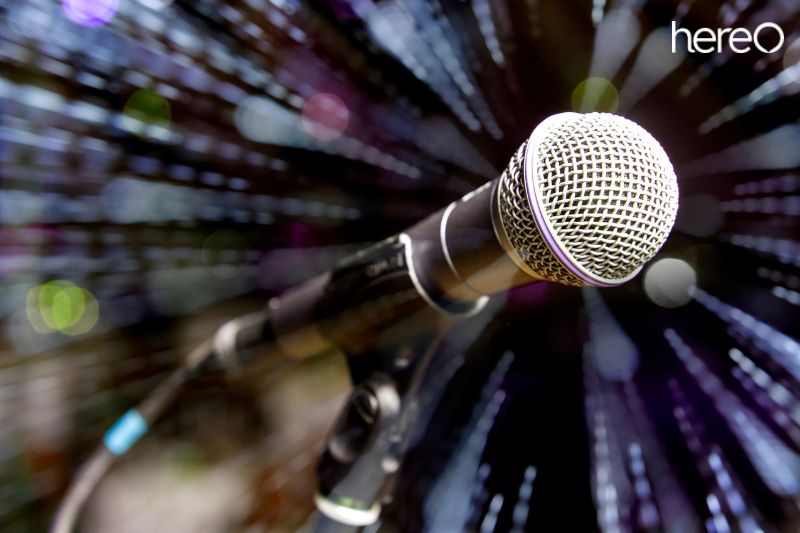
Since a dynamic microphone is the oldest type of microphone, its design is the most basic. In very simple words, a sound wave striking a diaphragm (a component often composed of plastic or polyester film used to sense a sound signal) and forcing it to move produces sound in a dynamic microphone.
The metal coil that is strung between two magnets has a diaphragm attached to it. The coil swings up and down in tandem with the diaphragm when it oscillates, creating a little AC current that resembles the sound wave.
If it helps, think of the sound wave as being similar to the wave you generate on the water when you splash it, and then picture the metal coil as a cork bobbing up and down on the surface as each wave passes it.
Benefits of Dynamic Microphones
Dynamic microphones offer several advantages over condenser mics for live events. They can handle higher sound levels without distortion, making them ideal for capturing loud sounds. Additionally, dynamic mics are more durable and tend to cost less than condenser models.
Dynamic mics also tend to be less sensitive than condenser mics, meaning they can capture sound sources from further away. This makes them a great choice for outdoor performances where sound sources may be located some distance from the microphone.
Additionally, dynamic mics have a wider frequency response than condenser mics. This means they can capture a wider range of sounds, giving you more flexibility when recording.
Finally, dynamic mics are usually more rugged and can handle more abuse than condenser mics, making them a good choice for gigs that require a lot of moving around.
All in all, dynamic microphones offer many benefits over condenser mics and are the preferred choice for many live performances. Their ability to handle high sound levels, wide frequency response, and durability make them an ideal choice for capturing live sound.
Drawback of Dynamic Microphones
Dynamic microphones have some disadvantages. One of the main ones is that they are not as sensitive as condenser microphones. This means that dynamic microphones are not able to pick up subtle nuances in sound that a condenser microphone would be able to capture.
Dynamic microphones also have a narrow frequency response. This means they can’t pick up as wide a range of sounds, so they are less capable of capturing high-fidelity recordings.
They are also not as good at capturing high-frequency sounds, which can make them unsuitable for certain types of recordings.
What Is a Condenser Microphone?
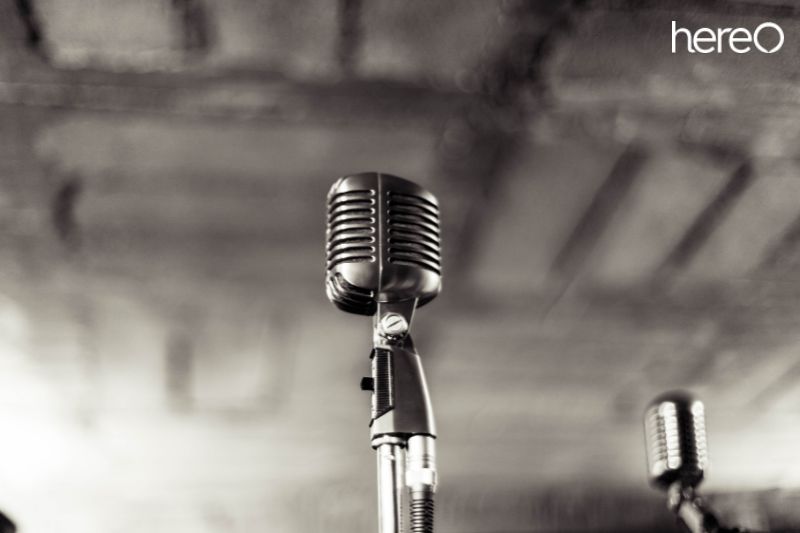
A condenser microphone is a type of microphone that uses a thin, electrically charged diaphragm to capture sound waves. This diaphragm vibrates when sound passes through it and this vibration is converted into an electrical signal which is then amplified and used to produce sound.
Condenser microphones are typically used for recording applications as they are able to capture a greater range of frequencies than dynamic microphones.
Condenser microphones are highly sensitive and can pick up even the slightest of sounds, making them ideal for capturing subtle nuances in sound.
However, due to their sensitivity, condenser microphones are more prone to picking up background noise and can require additional equipment such as shock mounts and pop filters to reduce this.
It is important to remember that condenser microphones will not always be the best option for all recording applications. Depending on the situation, a dynamic microphone may be more suitable due to its lower sensitivity and ability to handle higher sound pressure levels.
Ultimately, the choice of microphone should come down to the specific needs of the recording application.
Types of Condenser Microphone
There are two main types of condenser microphone: small and large diaphragm.
Large Diaphragm
Large diaphragm condensers may collect more sound because of their large surface area, which is typically around 1 inch. This makes them adaptable, making them perfect for vocals and other sounds like acoustic guitar that need to be clear and detailed, but they’re also useful as drum overheads and on guitar cabs.
Large diaphragm condensers can pick up sound coming from the side of the microphone, depending on the polar pattern.
Small Diaphragm
Conversely, the surface area of small diaphragm condensers (often known as pencil microphones) is smaller. As a result, they are more suitable for recording high frequencies and transient detail.
Small diaphragm condensers, in contrast to their larger diaphragm counterparts, receive sound from the front, much like dynamic microphones. They typically produce greater self-noise as well.
Small diaphragm condensers sound wonderful on the majority of instruments, including acoustic guitar, piano, drums, banjo, and mandolin, since they can handle transients (fluctuations in volume) so well. You see what I mean.
Advantages of Condenser Microphones
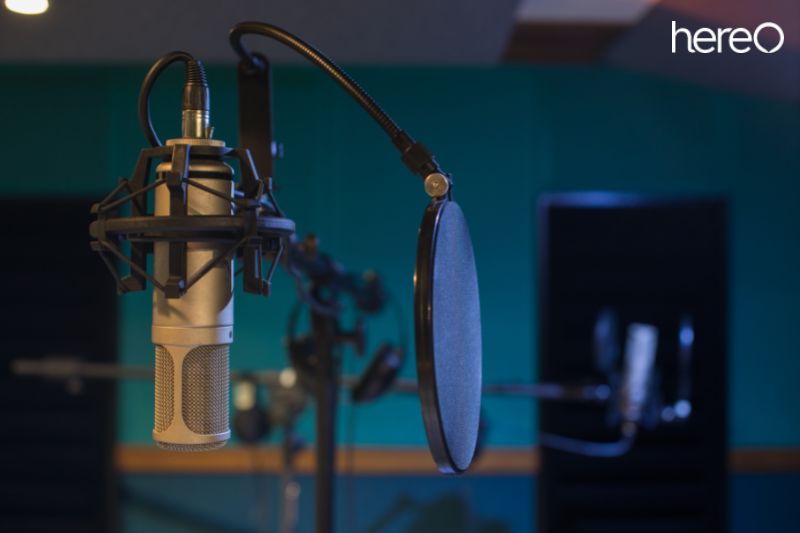
Condenser microphones are becoming increasingly popular due to their superior sound quality and versatility. Here are some of the advantages that make condenser microphones the preferred choice for recording:
- High Sensitivity: Condenser microphones are highly sensitive, which allows them to accurately capture subtle nuances in sound. This makes them perfect for capturing intricate details in vocal and instrument recordings.
- Wide Frequency Response: Condenser microphones have a wide frequency response, which allows them to pick up a variety of sounds with precision. This is especially useful when recording instruments with a range of frequencies, such as pianos or drums.
- Low Gain Requirement: Because of their high sensitivity, condenser microphones require less gain than dynamic microphones. This results in cleaner audio recordings, free from unwanted noise.
- Low Self-Noise: Condenser microphones also have a low self-noise, making them ideal for recording in quiet environments. This ensures that the recordings remain clear and undistorted.
- Versatility: Finally, condenser microphones are extremely versatile and can be used for both vocal and instrument recordings. This makes them an ideal choice for recording studios and live performances alike.
Downside of Condenser Microphones
The downside of condenser microphones is that they are more sensitive and require more power than dynamic microphones. This means that they can pick up more background noise, which can be distracting in certain situations.
Furthermore, they are more prone to feedback and distortion than dynamic microphones, making them less suitable for live performances.
Additionally, condenser microphones require an external power source such as phantom power or batteries, which adds to the cost. This can make them more expensive than dynamic microphones, especially if you’re on a budget. Therefore, it’s important to consider all the pros and cons before making a decision.
The Main Differences Between Dynamic and Condenser Microphones?

There are variations in the polar patterns. Condensers can have any pattern, frequently with the capacity to modify polar patterns, in contrast to dynamic microphones, which typically have a cardioid or supercardioid pattern.
They function in different ways. The sound waves are picked up by the dynamic mics, which then transform them into an electrical signal using a diaphragm, voice coil, and magnet. Condenser microphones employ an electrically charged diaphragm, which vibrates by producing an electrical signal proportionate to the sound.
Polar Patterns
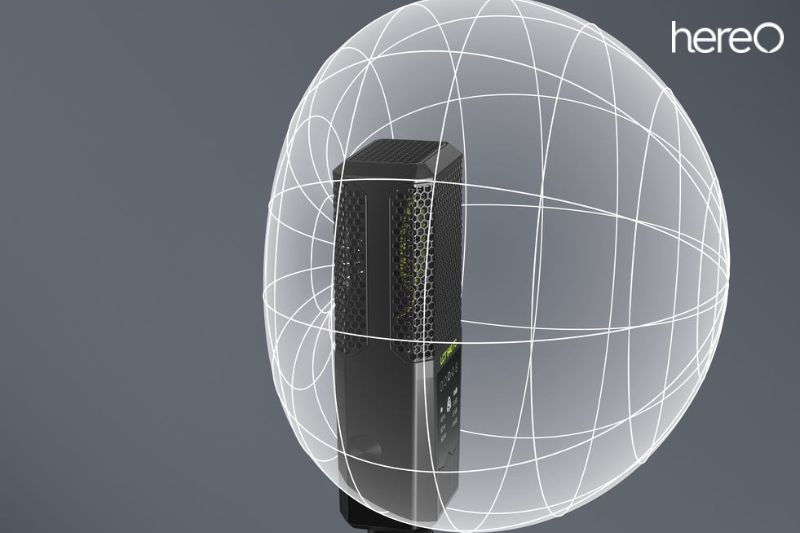
There are several alternative polar patterns for large diaphragm condenser microphones that have a direct impact on how they accept and reject sound sources.
Cardioid, omnidirectional, and figure-8 polar patterns are the most prevalent, while hypercardioid and supercardioid polar patterns are less common. Each polar pattern has benefits and drawbacks.
Dynamic microphones are a lot simpler. They’re cardioid.
Cardioid
Cardioid microphones feature a pickup pattern that resembles a heart and are sensitive to sources of sound that are directly in front of the microphone while rejecting sound from the sides and back.
Because of this, cardioids are perfect for louder-than-average vocalists and musical instruments. However, when the sound source is near the microphone, they might cause a phenomenon known as the “proximity effect,” which amplifies low frequencies.
Omnidirectional
The spherical pickup pattern of omnidirectional microphones is equally responsive to sound coming from all directions. Because of this, omnidirectional microphones are the best choice for capturing background noise and moving sound sources. fantastic for orchestras and choirs.
Condenser Vs Dynamic Mic: Which One Should I Choose?
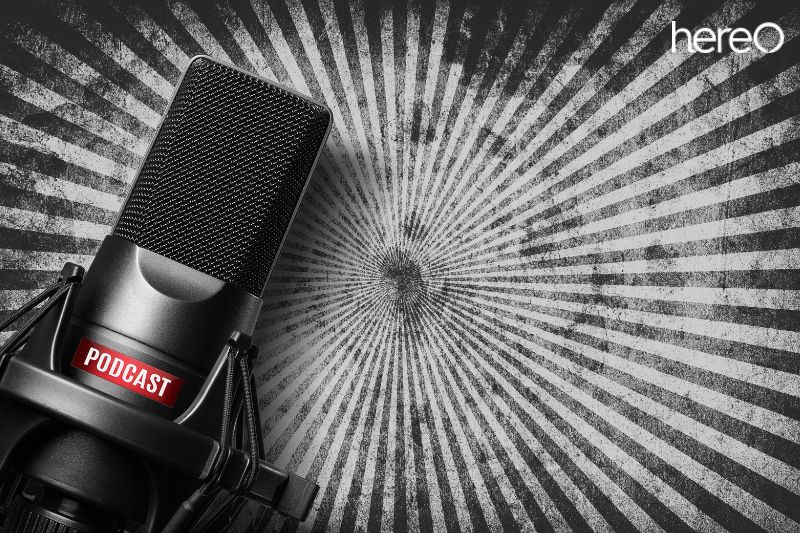
Both condenser and dynamic microphones have specific benefits and drawbacks. There is no alternative that is clearly “superior,” simply options that are more appropriate for various uses. The decision ultimately boils down to what works for you and how your setup is set up.
Having one or two of each type and utilizing them appropriately is the best solution. Furthermore, it all depends on the goal you have in mind.
Dynamic microphones are the way to go if you’re attempting to record a live band, but if you’re in the studio making an album, condenser microphones will provide you a wider sound palette to work with.
The same concept can be used for any type of recording. Turn on a condenser if the source is natural and has a wide range of frequencies. A dynamic is a better option if it’s rowdy and noisy.
FAQs about Condenser Microphone vs Dynamic

Does a condenser microphone need phantom power?
Phantom power is a kind of electrical power source that is used to power on-the-go electronic equipment. Dynamic microphones don’t need phantom power to function, whereas condenser mics do.
How does a dynamic microphone work?
When used in reverse, a dynamic microphone functions as a speaker. By altering sound pressure, the diaphragm is shifted. As a result, the coil is moved, cutting the flux lines coming from the magnet and causing current to flow. Therefore, you extract energy out of the coil rather than putting electrical energy into it.
What are the 3 types of microphones?
The 3 types of microphones are: dynamic microphones, condenser microphones, and ribbon microphones.
What are the differences between ribbon microphone vs condenser?
The primary distinction between ribbon and condenser microphones is how they convert sound: ribbon microphones use electromagnetic induction, whereas condensers use electrostatic principles. Condensers contain active capsules and complicated circuitry, whereas ribbon microphones have conductive ribbon-like diaphragms and simple circuitry.
Conclusion
In conclusion, condenser and dynamic microphones both have their benefits for different types of recording applications. Condenser microphones are best for capturing the subtle nuances of sound in a studio setting, while dynamic microphones are better for live performances and recording in noisy environments.
Choosing the right microphone for your needs can make all the difference in achieving a great audio recording. If you’re looking for audio equipment, take the time to do your research and select the best one for your needs.
HereOfamily thank you for reading!
